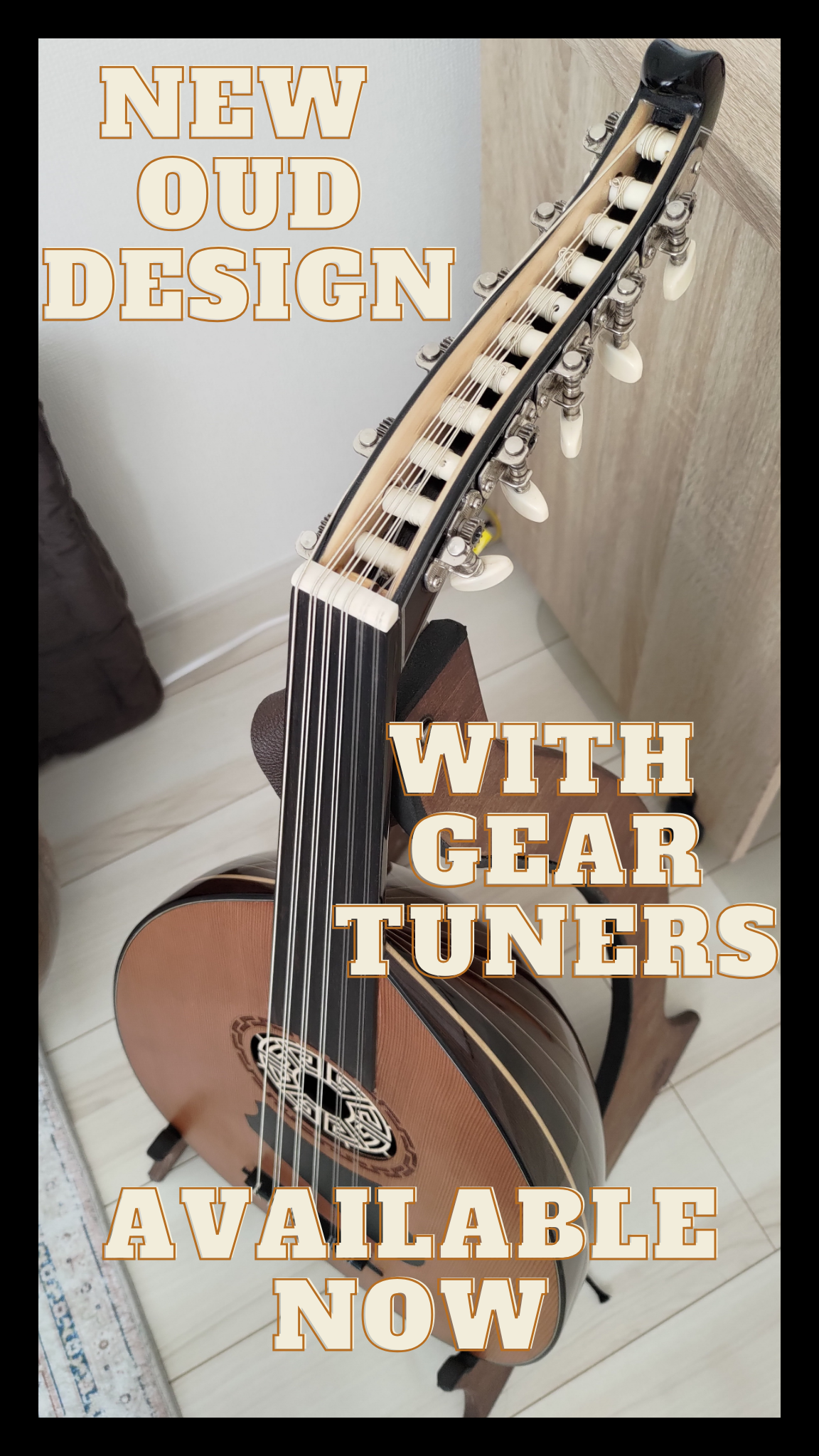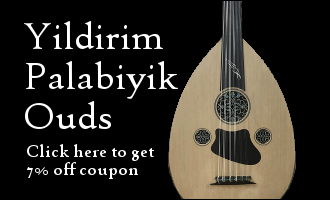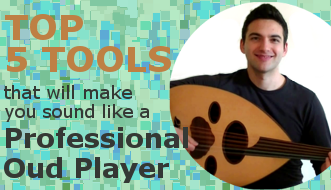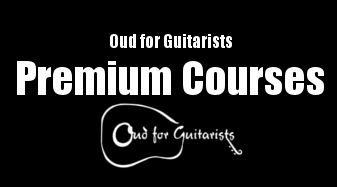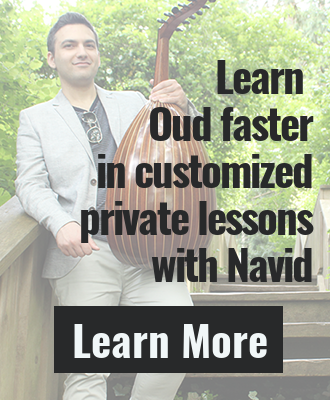 Do you know Tim Ferriss? He is the author of The 4-Hour Workweek, The 4-Hour Body, and The 4-Hour Chef, all of which are bestsellers.
Do you know Tim Ferriss? He is the author of The 4-Hour Workweek, The 4-Hour Body, and The 4-Hour Chef, all of which are bestsellers.
Well, the first one sounds interesting, but I’m not interested in the second or third titles, you say. He is one of my heros. Actually, OUR heros. Both Navid and I fell in love with this guy’s awesomeness and idea of doing less work and getting more results out of it.
In fact, as I am writing this article, he has published a new blog article. I highly suggest you check it out. He is giving out a whole bundle of the audiobook of The 4-Hour Chef along with chapters on “accelerated learning” for free! I am downloading it right now, and cannot wait to listen to it.
It’s this concept of “accelerated learning” I want to share with you about today. There is a video you can watch where he gives a whole presentation about it (or if you don’t have time for the video, skip to my summary after the video).
Tim talks about mastering any skills by following his method: DiSSS. Each letter except for the i stands for an important concept. I will break it down here and explain how we can apply the concepts to our Oud learning process.
D of DiSSS
First, the D. D in DiSSS stands for Deconstruction. This has 2 meanings. The first one is to break something large into smaller pieces. When you look at Oud masters playing their instruments on YouTube, you may wonder how you may ever get to that level. So break the whole process into smaller pieces. In fact, when we designed the Oud for Guitarist lessons, that was our main focus. We did not want to throw all kinds of maqam (scales) at you only to cause you to get overwhelmed. So each lesson is about 15 minutes long or less, and the video lessons show you a technique from different angles, so if you need to, you can work on one finger movement at a time.
The second meaning of Deconstruction is to identify failure points: reasons why you might fail or quit achieving your goal. Tim says that if you avoid these failure points for at least the first 5 sessions of your practice, your practice becomes your habit. So let’s think about what makes learning the Oud a challenge. Probably the biggest challenge is that it takes too much time to practice. I know, you practice for 2 hours one day, 1 hour next day, 2 more hours on the third day, and you don’t see any improvement. Some may think they cannot spare that much time every day for practicing, so give up there. Then how about for the next 5 days, you just practice for 15 minutes right after dinner, for example? I tell you only to spend 15 minutes daily. Then watch what happens. (I’m sure many of you will end up spending more than 15 minutes in the end.) This will become a habit, and you may be able to increase the amount of your practice time.
1st S of DiSSS
Next, the first S stands for Selection. This is what I meant by “doing less work and getting more results out of it.” This is also called minimalism, the 80/20 Principle or Pareto’s Law. The Law states that 80% of the results come from 20% of tools, practice, effort or whatever the cause may be. In his book, The 4-Hour Workweek, Tim talks about applying this Law into all aspects of your life and focusing on the 20% of the efforts that create 80% of your happiness.
Let’s try to apply it to Oud learning. First, we need to select what 20% of techniques and knowledge is creating 80% of beautiful tunes that the Oud masters are playing. This is why we did not include all maqam out there or all types of techniques out there into the video lessons. You really don’t need to know 20 maqam to play the Oud (the same thing is demonstrated for learning the Guitar in this video by the Axis of Awesome, which Tim mentions in the video). You really don’t need to know all types of flashy techniques to play the Oud. BUT you do need to learn to play a few major maqam, play with good, sturdy strokes and some cool finger movements. After learning a number of string instruments, both Western and Middle Eastern, Navid was able to select these key elements of playing the Oud, so you can focus your effort on the 20% of knowledge and techniques that will produce 80% of the results. And this is how the Oud for Guitarists program was designed.
2nd S of DiSSS
The 2nd S stands for Sequencing. Tim achieves his accelerated learning at anything like cooking, dancing, body building by challenging the norm or best practices. He learned to dance tango and performed in championships in less than 6 months by studying the female role of following instead of the male role of leading.
And again, this is what we applied in the Oud for Guitarists lessons. We did not follow the usual musical theory or teaching methods used by Middle Eastern music teachers. We wanted to help people who grew up with Western musical background learn how to play this instrument, so we structured our lessons like Western music lessons are taught. Each lesson has clear learning objectives, instead of “just follow what I’m doing” type of teaching approach that some Middle Eastern instructors may take. Instead of spending time listening to a lecture on how the Middle Eastern musical scales work, you can play a tune in a new scale, so you can learn by hearing the sounds. Also, you can change the order of the lessons based on your preference. Each lesson can stand alone, although you may want to follow the first few lessons, so you have the very basics.
The Last S of DiSSS
And the last S. Stake. Motivation. Incentive. Whatever that makes you stick to your goals. Tim mentions a website called stickK.com, and this is a site where you publicly state your goal, set the stakes – you can set it so that your money goes to a charity you would hate to support if you fail to meet your goal – and get support to achieve your goal.
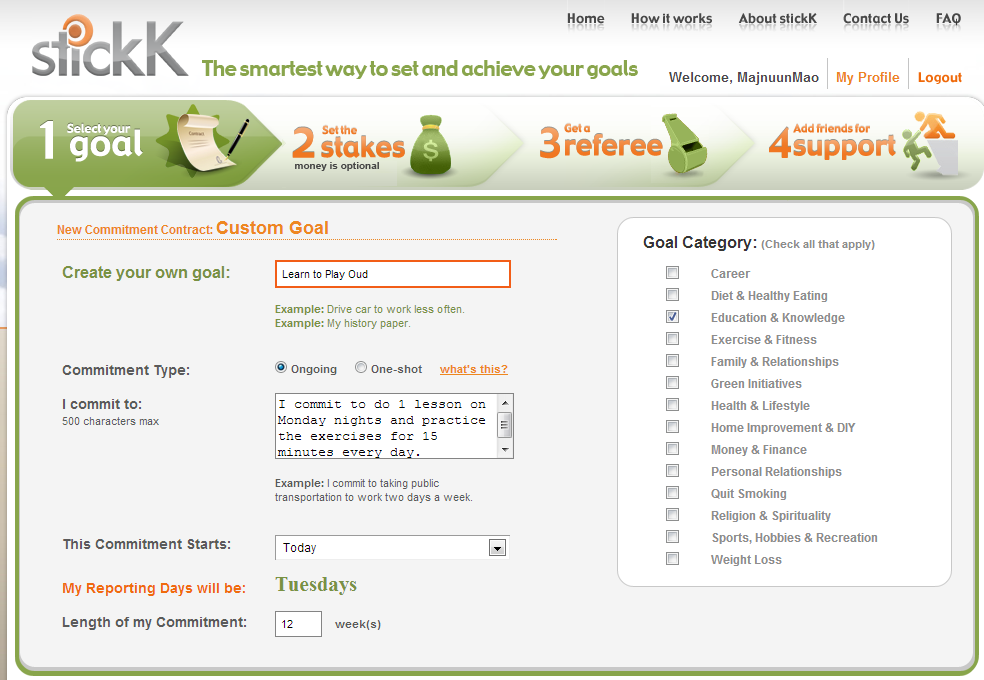
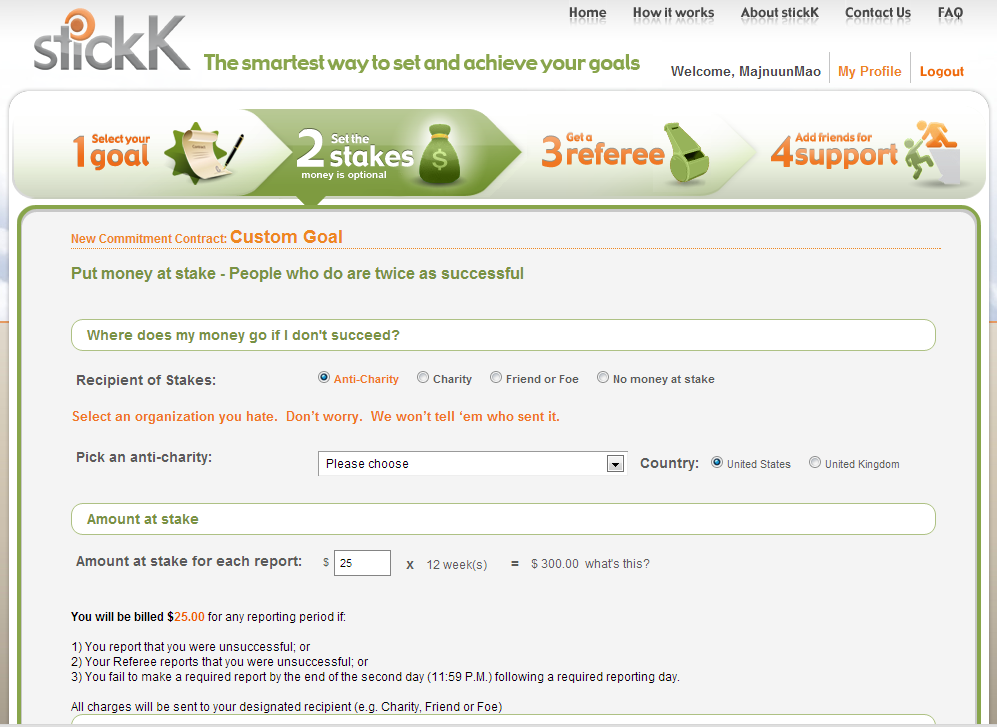
You don’t have to put money into this, but the point is, having something you would hate to do at the end if you don’t achieve your goal, then this will be a great incentive for you to practice. You can do this with your friend – who can be merciless if you are slacking off – and tell them that you will give them money/car/your Oud… if you don’t study your weekly lesson and practice 15 minutes a day. Or your goal could be to perform 3 songs on Oud on a stage in 2 months.
So I hope you were able to pick up some ideas for learning how to play the Oud faster! Which one of these are you going to follow? Are you going to do all of them? Any fun stake ideas? Share them in the comment section below!
Image credit: Anthony Tong Lee on Flickr

